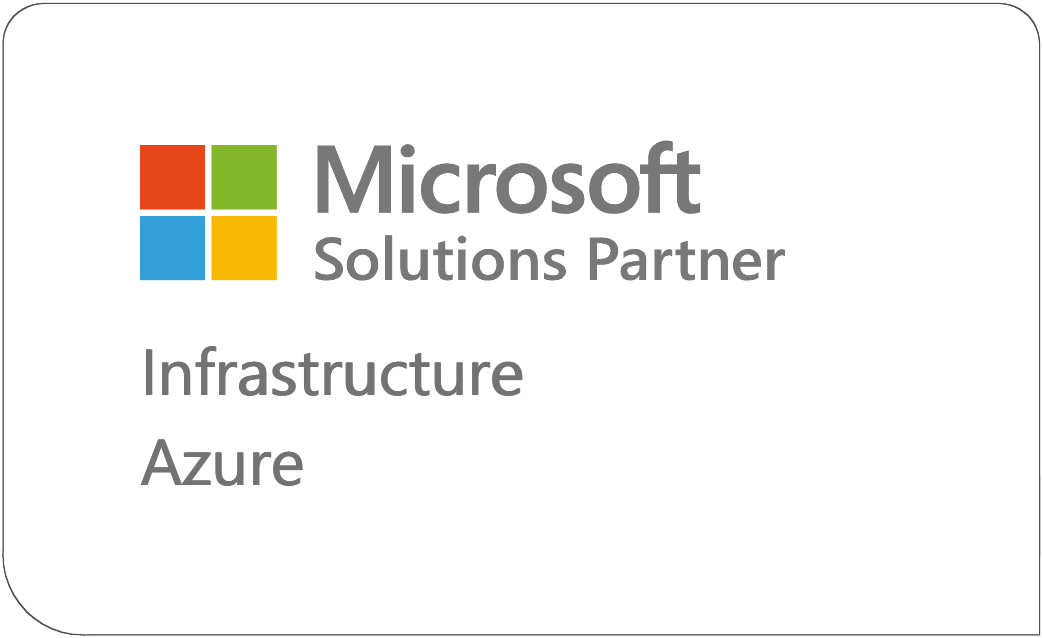In the ever-evolving cloud landscape, Microsoft consistently introduces a plethora of enhancements and settings to bolster Virtual Machine (VM) deployments. Yet, amidst this rapid advancement, certain gems remain hidden, often bypassed in the whirlwind of continuous updates. I embarked on a journey to unearth these hidden treasures, aiming to unlock the full potential of Azure VMs in realms of processing power, storage capabilities, and network efficiency. While some strategies might nudge your budget slightly upwards, they could serve as cost-effective alternatives to the conventional approach of scaling up VM sizes.
Choosing the Ideal VM Series
The cornerstone of optimization begins with selecting the right VM series tailored to your specific needs. It transcends the basic criteria of vCPU count and memory size, delving into the VM's intended role. Each series is crafted with unique hardware attributes, designed to excel in specific areas such as CPU intensity, memory demands, disk speed, or network throughput. For those in a quandary, the Dv2/Dsv2 series stands out as a versatile choice for a broad spectrum of tasks. Remember, the Azure landscape is dynamic, with new series making their debut regularly, urging a constant reevaluation of your selection.
Embracing Premium SSD Managed Disks
Upgrading to premium SSD managed disks can significantly slash latency and amplify throughput, propelling your VM's performance to new heights. This leap, however, does come at a premium. Yet, for ephemeral needs, consider the cost-effective Ephemeral OS disks, which come at no extra charge.
Opting for Larger Managed Disks
While the temptation to choose a disk based on immediate storage needs is strong, opting for a larger disk from the outset can be a wise move. The rationale is simple – larger disks come with the promise of higher IOPS and throughput, thus offering better performance even if the extra storage remains untapped.
Disk Striping for Enhanced Performance
By striping disks within the OS, you can merge their IOPS and throughput capabilities. Windows Server editions from 2012R2 onwards support this through Storage Spaces, allowing the creation of a voluminous storage pool with the aggregate power of the individual disks. It's imperative, however, to ensure your VM size can handle the combined IOPS and throughput to reap the full benefits.
Fine-Tuning Disk Caching
Tailoring the disk caching settings to your workload can lead to significant performance improvements. With options ranging from 'None' to 'Read-only', and 'Read/write', the right configuration, especially for database-driven tasks, can enhance disk efficiency.
Leveraging Accelerated Networking
This feature streamlines network traffic directly to the VM, bypassing the virtual switch. The outcome is a noticeable reduction in latency, jitter, and CPU strain, courtesy of the eliminated need for virtual switch processing.
Utilizing Proximity Placement Groups
This strategy aims to minimize physical distances within data centers, thereby curtailing network latency. It's particularly beneficial when employing Availability Sets or Zones, ensuring that while VMs are logically isolated for resilience, they remain physically proximate for performance.
Embarking on these optimization voyages can dramatically transform the performance landscape of your Azure VMs. With Microsoft's continuous innovations, the horizon of cloud optimization is ever-expanding, inviting a perpetual exploration of new and efficient ways to harness the full potential of Azure.





.png)
.png)
.png)




.png)